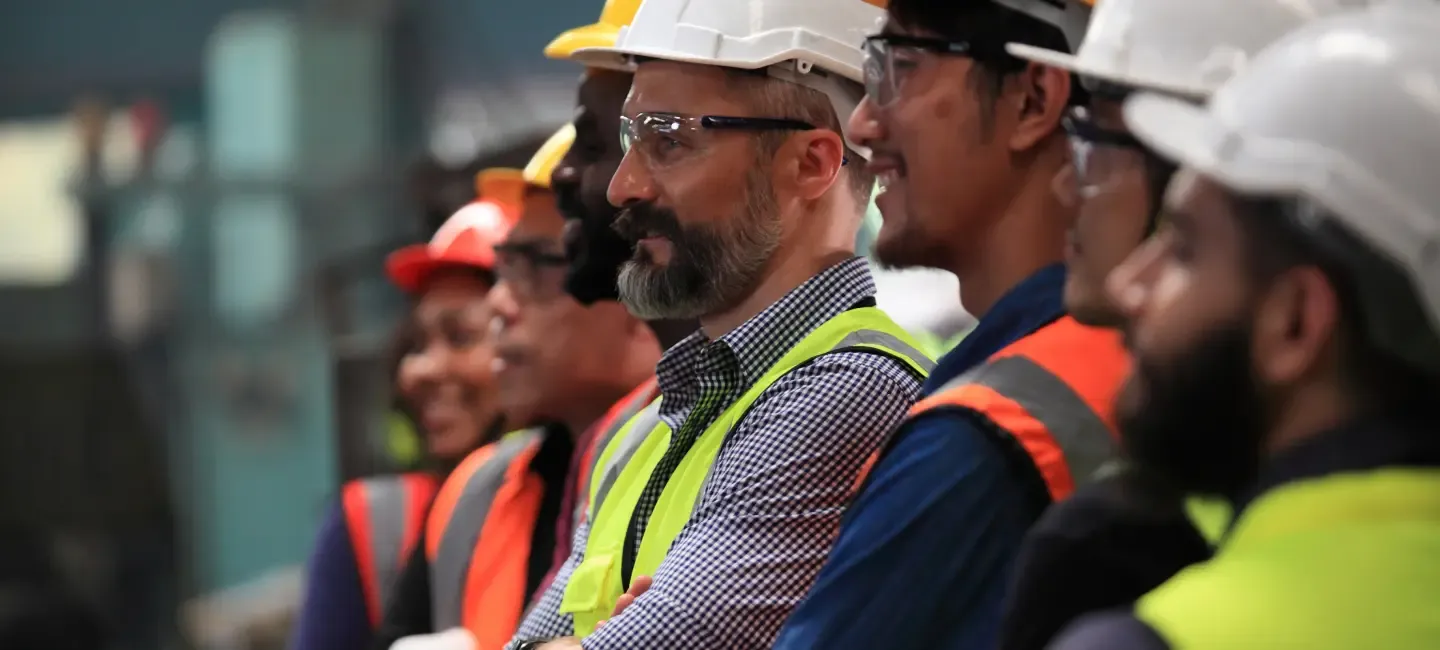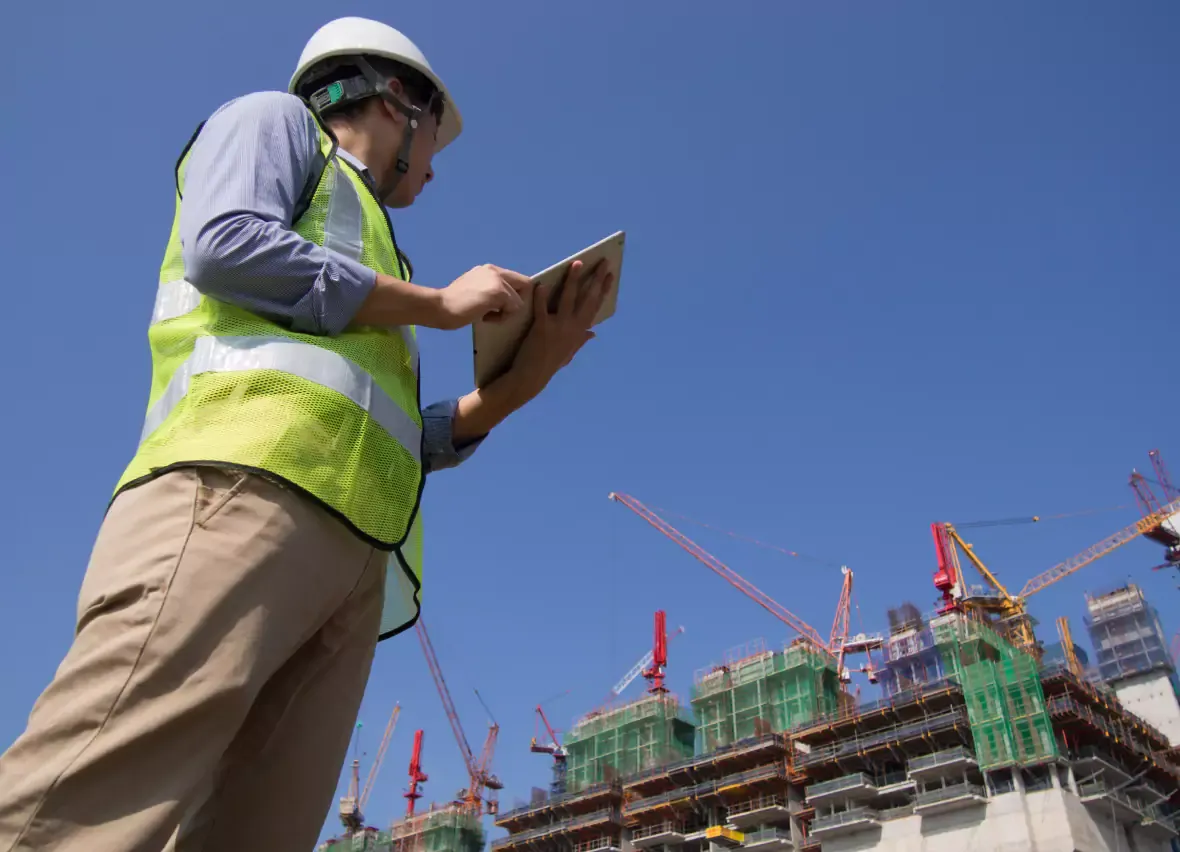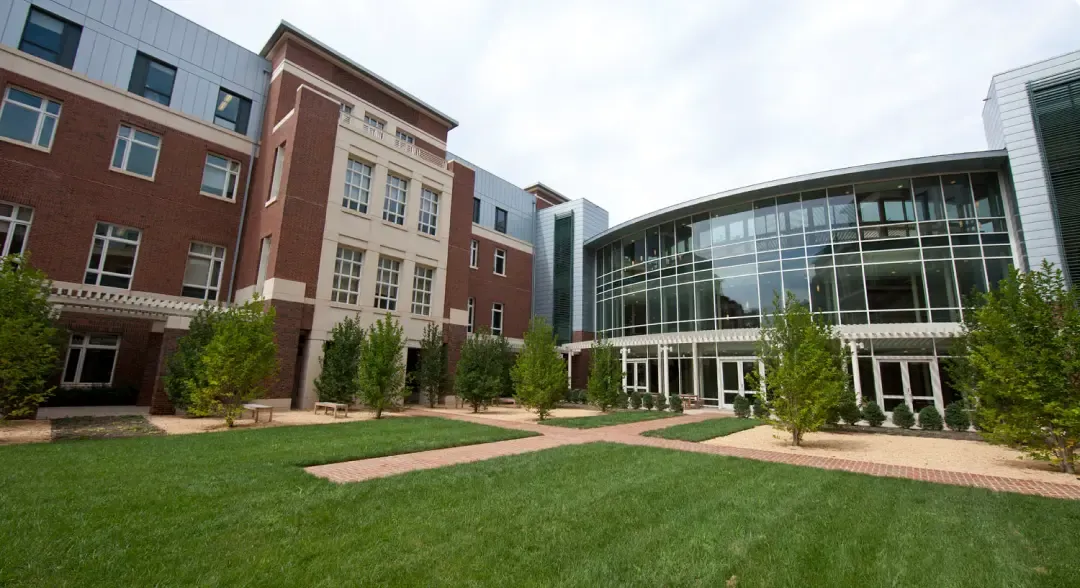Bridging Knowledge Gaps Through Education & Technology

The facility management industry relies heavily on deep knowledge of buildings and equipment. But with retirements and labor shortages occurring simultaneously, there’s been a drain on facility knowledge which means everyone must work harder, find ways to keep innovating, continue setting goals, and be more creative with fostering retention and recruiting.
The International Facilities Management Association (IFMA) estimates that 40% of existing facilities managers will retire by 2026, further straining facilities teams already depleted by labor shortages. This generational shift in the facilities management workforce will trigger labor shortages of 158,000 positions through the end of this decade.
Below are the top 5 most critical impacts caused by retirements and labor shortages at Penn State Health Milton S. Hershey Medical Center, provided by Bill Dunne, Director, Emergency Management and Business Continuity:
- Ongoing stress and burnout for remaining workforce related to working additional hours with additional responsibilities.
- Loss of institutional knowledge, deep skill competencies, and historical context with long term employee retirement/turnover.
- Increased expense of hiring and training personnel who are temporary or who rapidly move onto other organizations.
- Need for rapidly increasing wages and benefits to attract and retain quality personnel leading to higher expenses, narrowing or negative margins, and/or higher prices passed onto consumers (inflation of market value).
- Creative and innovative thinking related to recruitment and training to meet the change in workforce demographics, learning styles, and values.
“The impact caused by retirement is knowledge transfer,” said Danielle Gathje, Vice President Hospital Operations, St. John’s Hospital. “Even if the person retiring is good at creating processes, writing down sequences of events and procedures, the experience from that person to everyone else is where we fall short. Experience is critical for understanding the why and how we respond and not just what we respond to.”
According to the US Chamber of Commerce, in 2022, more than 50 million workers quit their jobs, many of whom were in search of an improved work-life balance, flexibility, increased compensation, and a strong company culture. Nearly three million fewer Americans are participating in the labor force today compared to February of 2020. The number of adults 55 and older being detached from the labor force due to retirement grew from 48% in Q3 of 2019 to 50.3% in Q3 2021.
“The labor shortage causes issues such as the lack of ability to be proactive,” she said. “When you have a labor shortage you can only do the bare minimum to maintain, meet regulatory requirements and respond to critical issues. If you are short, you are not actively pursuing best practices, not working on process improvement measures, not working on sustainability tactics and projects.”
These two trends are being felt from all corners and all sectors of the facility management landscape.
“People aren’t necessarily getting a job with one place, staying there for 40 years, and retiring with a gold watch and a pension. That’s not the way we work anymore,” said Rebecca Lanter, Director of Plant Operations, Xavier University. “We’ve got to focus on doing more to retain this talent and keep people engaged. I’m incredibly lucky to have a phenomenal team but many of them will retire long before I do,” she said.
Christine Burkett, Senior Regional Facilities Maintenance Manager, Sam’s Club, has serious concerns about the impact of labor shortages and equipment maintenance.
“Where we used to have ten technicians focusing on making sure equipment is working properly, we now have five technicians,” said Burkett. “I have two facility managers that report to me and below them are two senior coordinators, and we have a couple of temp workers that come in to supplement our day-to-day operations.”
“Skilled trades are aging out of the system, while we’re facing a shortage of technicians,” she said. “Maintaining equipment is tougher,” she added.

Increasingly, facilities teams must possess a wide range of skills and competencies, as the world around us is not as simple as it used to be. For the next generation of facility managers, acquiring knowledge is critical when dealing with more sophisticated structures, and job satisfaction. Fortunately, most everyone in the facilities management industry agrees that the work is never boring, no two days are the same, and you’re surrounded with a wide variety of people from operations, security, safety, construction, and other specialty areas.
Consider the weather. Weather conditions used to be predictable. That’s just not true today. Who would have predicted that California would be hit with record snowfalls and flooding when the state has been in a drought for decades? Facility teams must be on alert for the impact of floods on rooftops, foundations, and other areas. Of course, the safety of building tenants is critical. Legacy teams must continue to hone their skills, continue learning, and stay up to date with the right technology to master environmental services, building maintenance, and emergency responsiveness.
The Road Ahead
“We need to reach out to younger generations to get them interested in careers in engineering, building and facility management. There’s a lot of depth into what goes into running a building—more than just the aesthetic of the space,” said Abby Lipperman, Manager Engineering Infrastructure at Children's Health.
While some recent retirees are willing to do some consulting for their former employers, that’s hardly a reliable resource, as facilities continue to evolve and change at a rapid pace. It’s easy to forget the details when you’re not at a facility every day.
So how do we bring new people into the workforce? How we fill the gaps when finding skilled labor is a challenge.
Apprenticeship programs and tapping into talent at community colleges and even high schools are currently trending and have proven successful for fostering the facility managers of the future.
they probably have the greatest internal apprentice program I’ve ever seen,” said Lisa Belokur, Associate Vice President of Facilities & Residential Services, Georgetown University. “At Cornell, we had a very well-established apprentice program with the local trade unions. Here, we’re building it up and I’m excited to see how our program develops.”
Changes in the labor market are difficult to gauge, but in the meantime, the facility management industry can do more to attract new talent to the industry by offering incentives such as shift flexibility, technology designed to aid in productivity, and ongoing education.
The FM Pipeline Team, Inc. and it’s SkillsUSA Facilithon program serve as the nation’s first and only successful secondary and post-secondary-level FM talent program. Operating in the SkillsUSA ecosystem, the Facilithon program has grown from 1 city to 14 and Canada in March 2023, having awarded 74 scholarships, engaged over 10,000 forward-thinking student candidates, and has energized hundreds of secondary-level participants toward becoming facility professionals.
On the plus side, facility management positions pay well, positions are in demand, and there’s never a dull day when you work in facilities. Positions in the trades have many benefits, including diversity of types of positions, from electricians to HVAC specialists. There’s the satisfaction of working with your hands, and excellent job security whether you work directly with an organization or as a contractor. Even apprentices often get to work immediately on projects, so there’s a feeling of contribution and usefulness from the get-go.
Buildings, technology, best practices, and people are rapidly changing. There’s more technology in buildings. Buildings are constantly being repurposed, recycled, reimagined and in the process their care, upkeep, and maintenance keep changing.
Whether you’re new in your career, or you’ve reached a plateau and you want to explore options, there’s tremendous value in education – to improve your skill set, elevate your service to people, and help team members in the field.
Educating and elevating the next generation of FMs will take encouragement, enthusiasm, and expertise from those in the profession today who can serve as mentors. Let’s give these types of programs our full support in the coming years as we continue to do the very best to alleviate the strain of retirements and labor shortages.
We must be aware and conscious of bringing the generations together as one group moves on to retirement and another group moves in from trade schools, apprenticeship, community colleges, and other starting points. Both can effectively learn from another, so it’s possible to learn and stay vital even when departures are on the horizon. Technology can be the link to learning and keeping the work of facilities teams fun and fulfilling.







